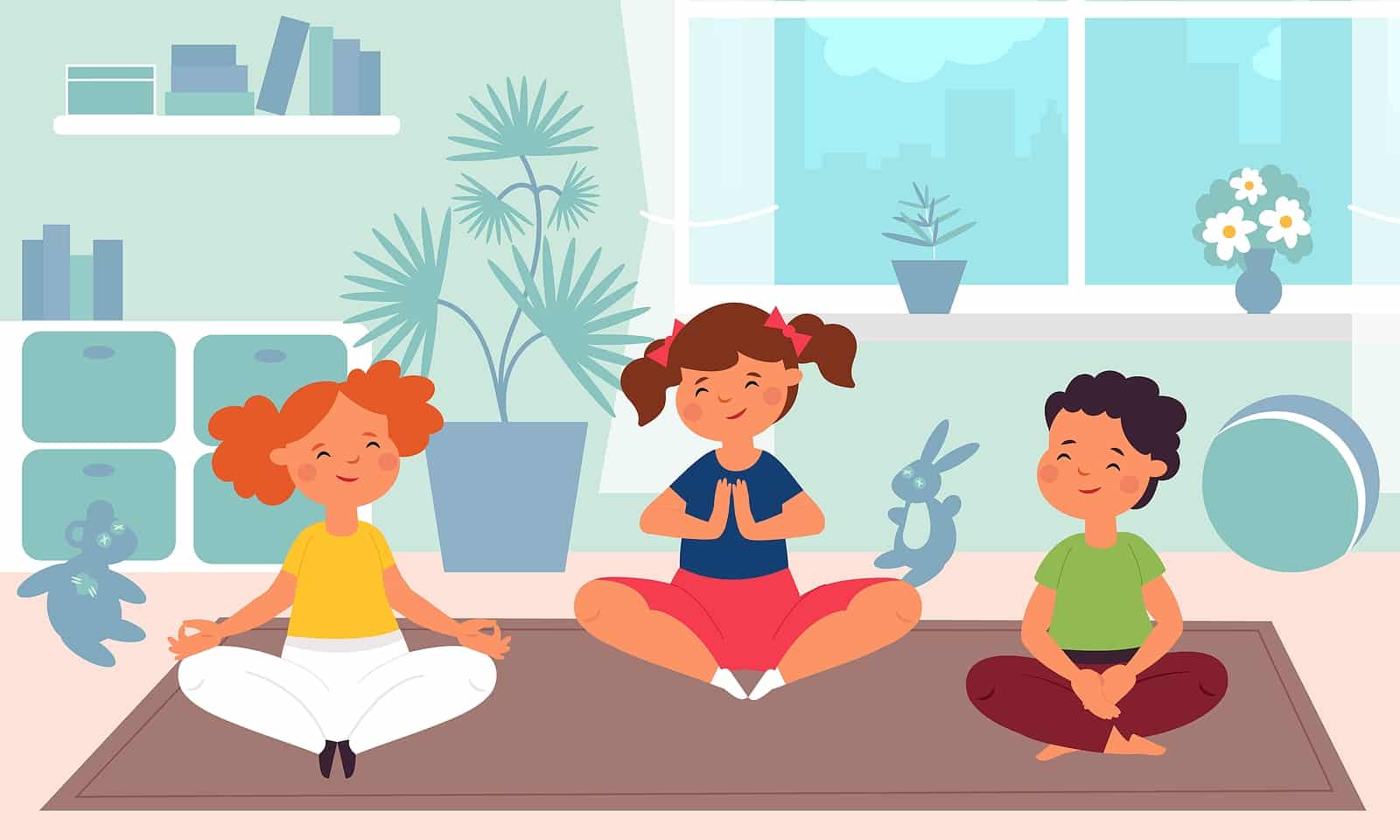How we use Yoga in our Daily Life
The practice of yoga is one whose benefits are far-reaching and beloved by those who practice regularly. For many, yoga creates a safe space where the student can get in touch with their inner-selves and learn to love their bodies and powerful minds.
For individuals with ASD, the practice of yoga addresses every core symptom of the disorder and kids of all ages and abilities can participate in what’s known as Adaptive Yoga.
This slightly modified practice for kids on the spectrum addresses self-regulation, flexibility, and inner strength. Though not meant to replace other proven therapy methods for Autism Spectrum Disorder (ASD), such as Applied Behavior Analysis or occupational therapy, it is suggested as a practice to compliment such therapies.

What takes place during an Adaptive Yoga session?
A typical yoga session will consist of all 4 components of traditional yoga, as described above. Children will start off with simple chants and hand movements, for those who are higher functioning. The vocalization and vibrations help children physiologically slow their breathing and this technique also helps to build a strong rapport with the child.
Next, kids work on deep breathing, re-learning the proper technique for breathing for relaxation. Asana follows with simple poses meant to help children strengthen their muscle tone and core strength, often weaknesses found in the bodies of those diagnosed with ASD.
It is suggested that kids just starting out are introduced to poses through ground movements, as balancing on their legs or bending may be difficult for them at first. In the last stage, deep relaxation, children can use lavender eye pillows, light, calming music, and receive massage if they’re comfortable on their feet, neck, shoulders, and/or back.
Close attention should be paid to children to ensure their comfort during this relaxation period. Children who are sensory-sensitive may not enjoy being touched or enjoy listening to music, so it is important to watch their body language and adjust accordingly.
Who should participate in an Adaptive Yoga session?
Children functioning at all ends of the spectrum should be welcomed to give adaptive yoga a try!
The wonderful thing about Adaptive Yoga is that it is just that, adaptive. Instructors should have knowledge of children’s needs and limitations so they can tailor their session to those strengths and weaknesses.
Are there any special considerations for Adaptive Yoga for kids with ASD?
Special considerations are focused on for each individual child’s needs during an adaptive yoga session. The instructor should accommodate children of all abilities, beginning with their ability level to repeat chants and hand movements or simply have the mantras sung to them.
Further, a child’s current physical state should be considered when introducing physical poses, as the body of a child with ASD can sometimes be described as “noodle-like”, with weaknesses in various muscle groups that may hinder their ability to do more complex poses. The sensory needs of every child must also be kept at the instructor’s forefront.
Children who are easily overwhelmed by sound, for instance, may not enjoy a low, background music or bright lights. Instead, the instructor may conduct the session in a darker area with no sound if that is conducive to the child’s relaxation and ability to focus.
The goal of Adaptive Yoga is to help children bring awareness to their bodies, minds, and breathing, and self-regulate on a higher level where their ability to focus and calm their bodies prevails.

